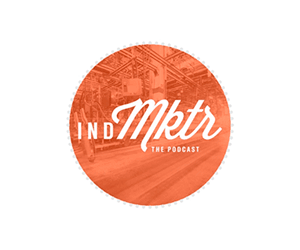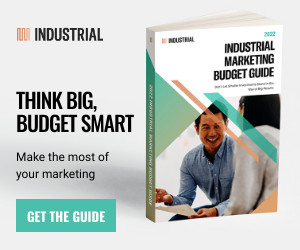According to the Content Marketing Institute, around 58% of B2B marketers use content marketing to generate leads and convert them into paying customers — i.e., they have confidence in the idea of a content marketing sales funnel.
However, the Content Marketing Institute also reports that only 43% of successful B2B marketers document their content strategy while 36% don’t document it and 21% work without a strategy altogether. This means that most of the content marketing sales funnels out there are imperfect — accidentally successful at best.
What this means for most B2B marketers and business owners is that they will have a significant advantage if they actually take the time to plan their content marketing strategy and document it. To develop an effective strategy, it’s important to understand what a content marketing sales funnel is and how to use it. Hence, here’s everything you need to know about content marketing sales funnels.
What Is a Content Marketing Sales Funnel?
To put it simply, your content marketing sales funnel is somewhat of a guide to the journey your customers take before they become your clients and after. In other words, a content marketing sales funnel shows you which steps your audience needs to take to reach a certain point in the customer journey. Having this path mapped out will help you to find and convert leads into paying customers.
For example, the first checkpoint in a content marketing sales funnel can start with a guest post you left on someone else’s website. The user reads the post, gets interested, and clicks on an embedded link that leads to your website. Once on your website, they browse it and see what you have to offer. Finally, they decide to check your contact page and make a call or fill out a form. This checkpoint could either be the end of the funnel or just another step in it.
How long your content marketing sales funnel will be is up to you and depends on what aims you are pursuing. Your end could be that phone call you want your potential customers to make, or it could be a long-term relationship you want to establish and maintain. In both cases, there are certain steps the person will need to go through, and the funnel is something that will help you figure out these steps to guide the person along the way.
What Are the Stages of a Sales Funnel?
Any sales funnel consists of three basic stages: awareness, evaluation, and purchase. If you understand these, you will be able to create an effective content marketing sales funnel that guides your target audience to become your customers.
In the first stage, your potential customer becomes aware of your business and your offer. In the second stage, they evaluate other choices on the market and your offer. In the third stage, they make the purchase (or any other action you want them to make). Remember that potential and existing customers can enter the funnel at different stages.
What Are the Differences Between B2B and Non-B2B Sales Funnels?
B2B content marketing sales funnels aren’t really that different from B2C content marketing sales funnels. In fact, both borrow from each other and the techniques and tactics used in both cases are quite similar.
So, for example, if a B2B marketer works with websites that write papers for you to create blog articles, a B2C marketer could use this method to create their own blog that would be more consumer-oriented rather than targeting businesses. Some online resources like “A Short Guide to B2B Copywriting” can help you better understand how to use both B2B and B2C tactics in your content marketing.
Best Practices of Using A Content Marketing Sales Funnel
Just like with any other marketing technique or tool, there are some best practices you need to know about if you are going to start using content marketing sales funnels effectively. As Cassidy Locke from the custom writing reviews site Best Writers Online puts it, “The basics about using a marketing funnel are simple. What you need to figure out is how you will apply it to your business.” Here are some things to keep in mind:
Setting Goals and Planning
The first and most crucial stage of creating a content marketing sales funnel is setting goals and planning. You need to know the final action that you want your customer to complete while also thinking through every checkpoint they will need to go through to reach that goal.
Multiple Sales Funnels
One thing you should understand about creating a funnel is that you can have several of them. When you are segmenting your target audience, you will have different kinds of potential or current customers to work with. In addition to that, you will probably have multiple final actions as well as multiple starting points. Keep these in mind and create as many sales funnels as you need.
Focus on Your Content
A content marketing sales funnel is called that because it specifically focuses on content — so that’s exactly what you should do. Invest less in paid advertising and instead try to get your content to a high level of quality. Neil Patel, for example, has written an article comparing the ROI of PPC and content marketing. It’s clear from his analysis that content is superior (though you should still use combined campaigns in certain situations).
Break Down Your Actions
Even when you have the basic stages planned and all the checkpoints in place, you still need to break down your actions more to get a complete picture. For instance, in the first stage of awareness, you will need to attract the audience’s attention and engage or interact with them.
It Gets Easier Once You Have Your Funnel Established
To sum up, a content marketing sales funnel can take some time and effort to plan, but once you have a documented strategy in place, you will be able to guide your customers effectively and turn them into returning customers.




